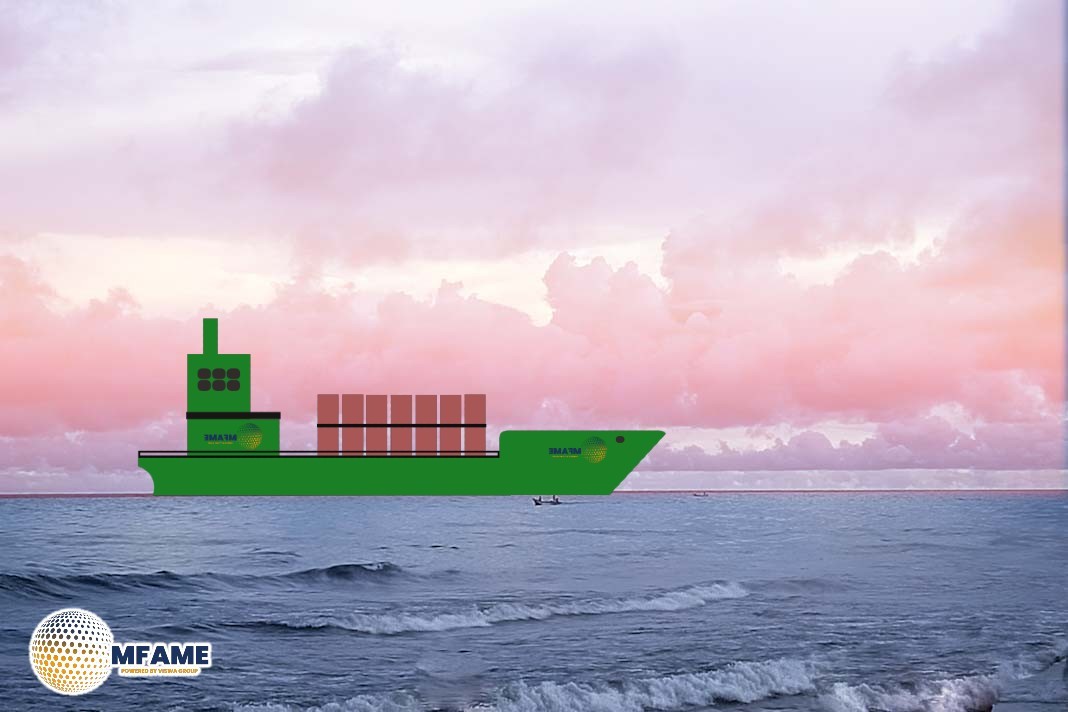- Cosco Faces Pressure as US Port Fees Reshape Shipping Routes.
- Ocean Alliance Adapts to Changing US Trade Dynamics.
- Flexible Fleet Moves Help Carriers Avoid New US Port Charges.
When ships encounter difficulties, whether at busy ports, drought-stricken canals, or congested straits, they work around them. The new US port charges on Chinese ships, beginning in October, are another hurdle carriers are set to work around, reports Lloyd’s List.
Impact on Cosco and Ocean Alliance
China’s Cosco Group, the world’s fourth-largest liner operator, will be hit hardest. Cosco’s heavier exposure to US routes will make it harder to reroute. This change may put Cosco at a relative disadvantage to its European and Asian peers. Cosco’s plight may also impact the larger Ocean Alliance, where operational tweaking may be required.
Redeployments Instead of Surcharges
The ultimate USTR proposal strikes fewer ships than originally put forth, thus reducing carriers’ capacity to shift fleets and strip out Chinese tonnage from US markets. Sources at Drewry Shipping Consultants state that:
- 35% of the lane capacity from Asia–West Coast North America is Chinese-operated or -built.
- 26% of the capacity for Asia–East Coast North America.
- 18% for the North Europe–East Coast North America.
For Chinese-built ships operated by non-Chinese operators, port charges will begin at $180 per feu on October 14, or roughly 7% of present spot rates. In April 2028, the charge will be $340 per feu, or 13%. For Chinese operators such as Cosco and OOCL, Drewry estimates port charges will start at $511 per feu (19% of present rates) and increase to $1,400 per feu (53% of rates) by 2028.
Carriers Focus on Redeployment Over Surcharges
“This really shows you how disadvantaged Chinese operators will be,” said Simon Heaney, Drewry’s senior manager of container research. However, most carriers are expected to redeploy vessels rather than pass the fees to shippers. “We don’t think there will be a surcharge,” said Philip Damas, head of Drewry Supply Chain Advisors. “You would become uncompetitive. If you look at the market realism, I think it’s more likely that carriers will try to find a way to redeploy their ships to avoid the fines instead of passing the cost on to shippers.”
Flexible Carrier Strategies
There are a number of options available to carriers other than a switch to Japanese or South Korean-built ships:
- Employment of Smaller Ships: Those with capacity below 4,000 teu are exempt.
- Utilization of Transhipment Ports: Ships sailing less than 2,000 nautical miles from a foreign port are exempt, including large Caribbean hubs such as Freeport, Caucedo, Kingston,Cartagena, and Panama’s MIT, CCT, and Cristobal.
Chinese ships might carry US-bound cargoes to Caribbean gateway points and switch them to fee-free ships for final delivery.
Challenges confronting Cosco and OOCL
Cosco and OOCL have more challenges because they are well established in US trades. According to Linerlytica, 51% of Cosco-OOCL tonnage visited US ports, much more than other carriers. “Chinese carriers have been targeted in a way that leaves them with limited options,” noted Alphaliner. “The Cosco Group in particular will be hard hit,” suggesting the port fee could be viewed as a “Cosco tax.”
Simon Heaney added, “This proposal raises serious operational questions for the Ocean Alliance, which includes Cosco and OOCL. One solution would be to divide ships within the Ocean Alliance across different trades, so that the Chinese carriers focus on the non-US routes, such as the Asia-Europe market, and other Ocean Alliance carriers look after the transpacific and transatlantic market.” However, partners like CMA CGM must also manage exposure, with 36% of its fleet Chinese-built and 64% of its newbuild orders placed at Chinese yards.
Market Shifts and Supply Chain Impacts
The changes could influence shipping market dynamics in multiple ways:
- Competition Adjustments: A reduced number of carriers could impact service options and pricing for US shippers. Joe Kramek, president of the World Shipping Council, remarked, “The fee could reduce competition for ocean cargo if companies with large numbers of Chinese-built vessels choose to temporarily or permanently discontinue serving certain US routes. Decreased competition could increase prices for shippers.”
- Newbuild Market Effects: Chinese-built ships could see declining demand, while South Korean and Japanese vessels may attract premiums. Simon Heaney explained, “These will have significant ripple effects on both the newbuild and charter markets, whereby Chinese ships will become much less desirable, and that could trigger an increase in the premium for South Korean [and Japanese] ships, which, in turn, will potentially suppress overall demand for newbuilds, which are currently mainly produced in China.”
- Ship Recycling Trends: The market for vessel demolitions could also shift. Heaney said, “As the usefulness and value of non-Chinese ships increases, owners are going to be less inclined to scrap Korean and Japanese units, and that will potentially delay the rebalancing of the market.”
Did you subscribe to our daily Newsletter?
It’s Free Click here to Subscribe!
Source: Lloyd’s List
















